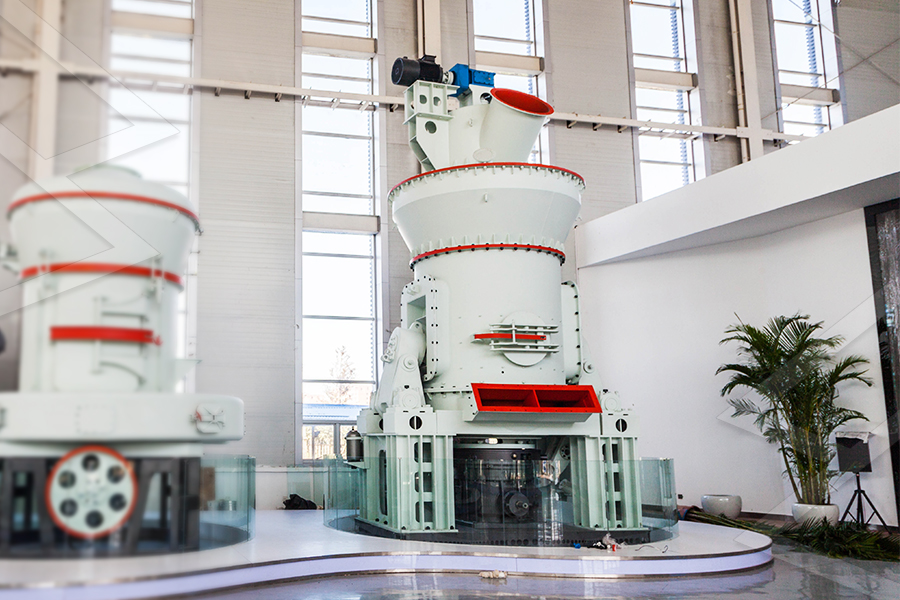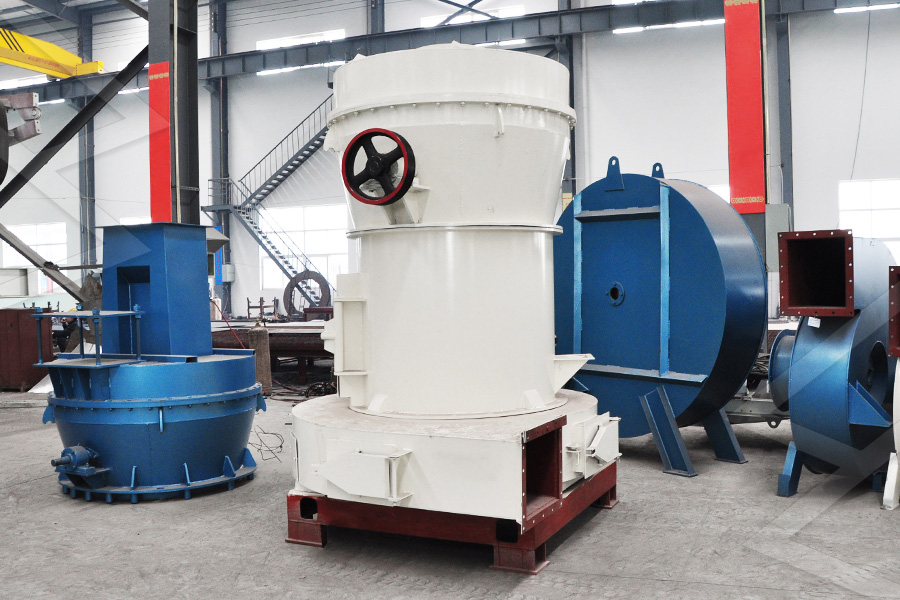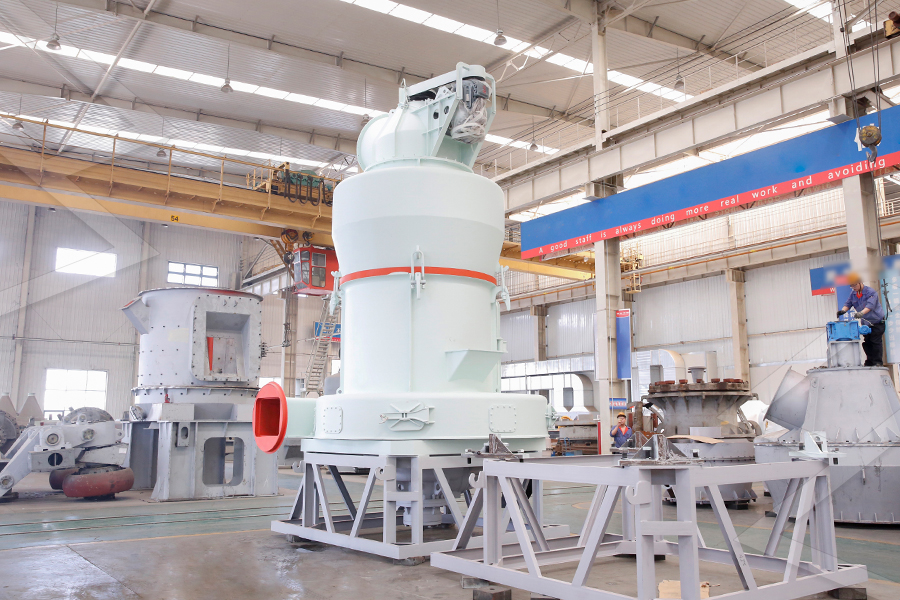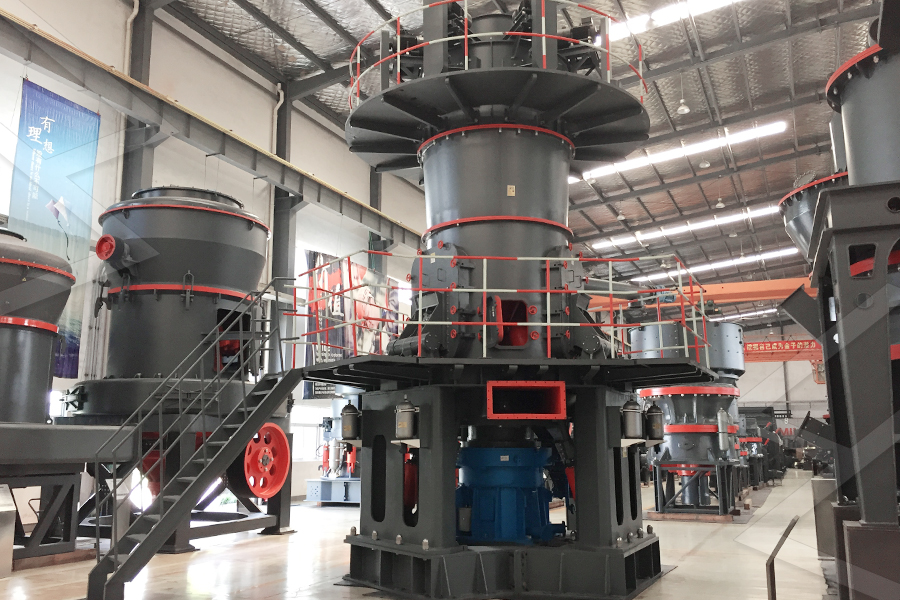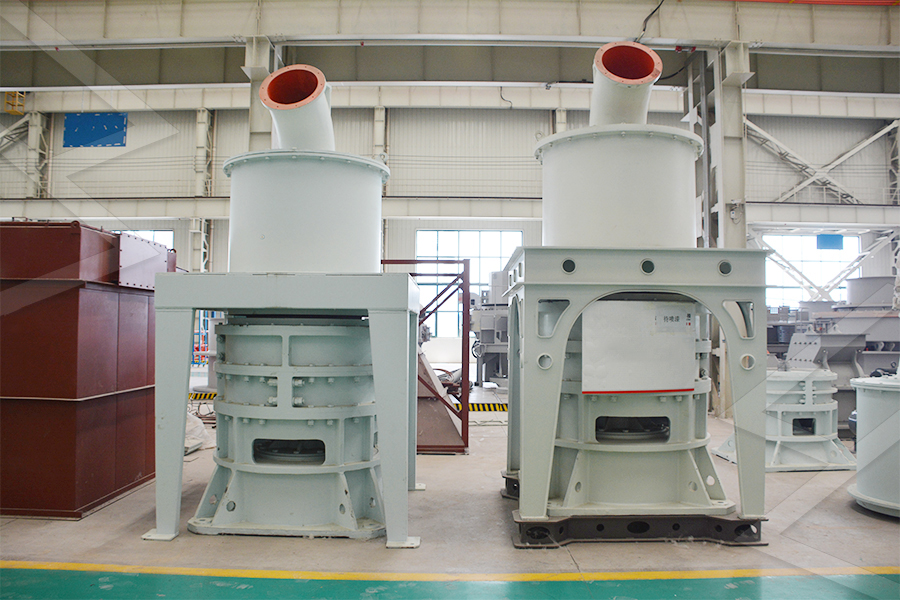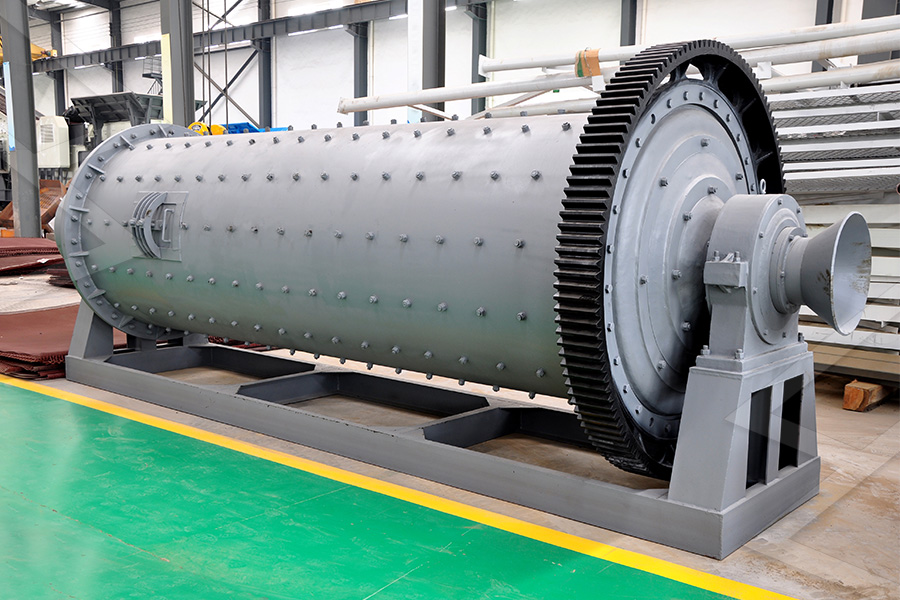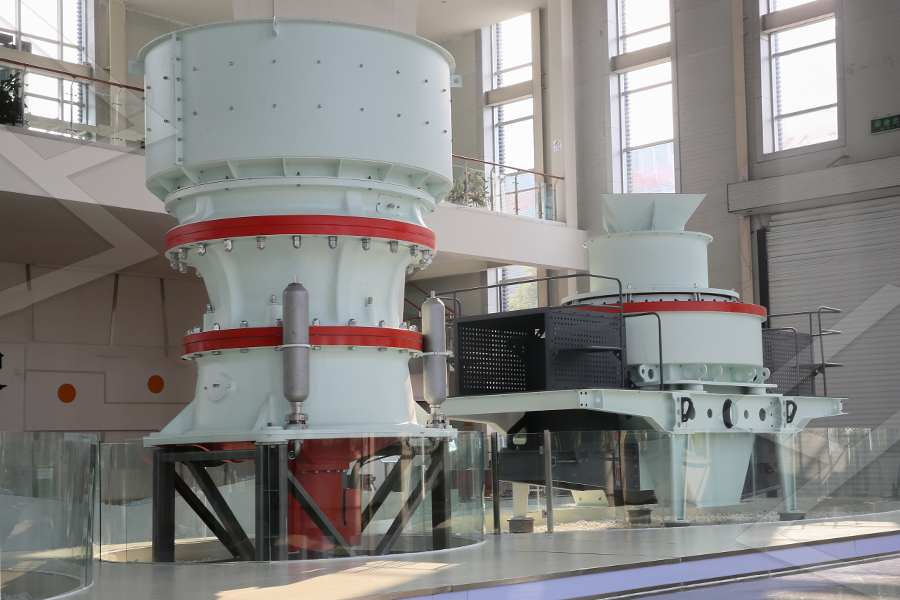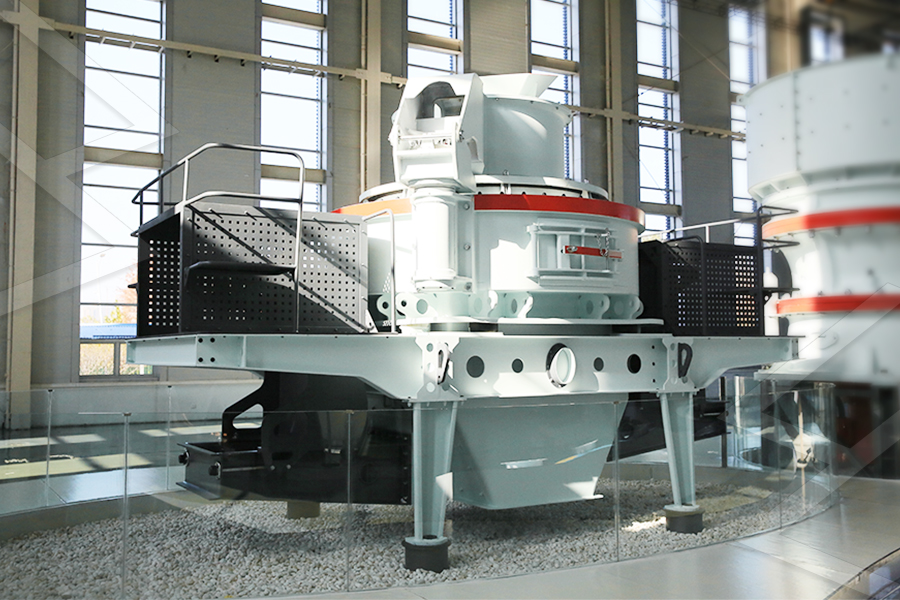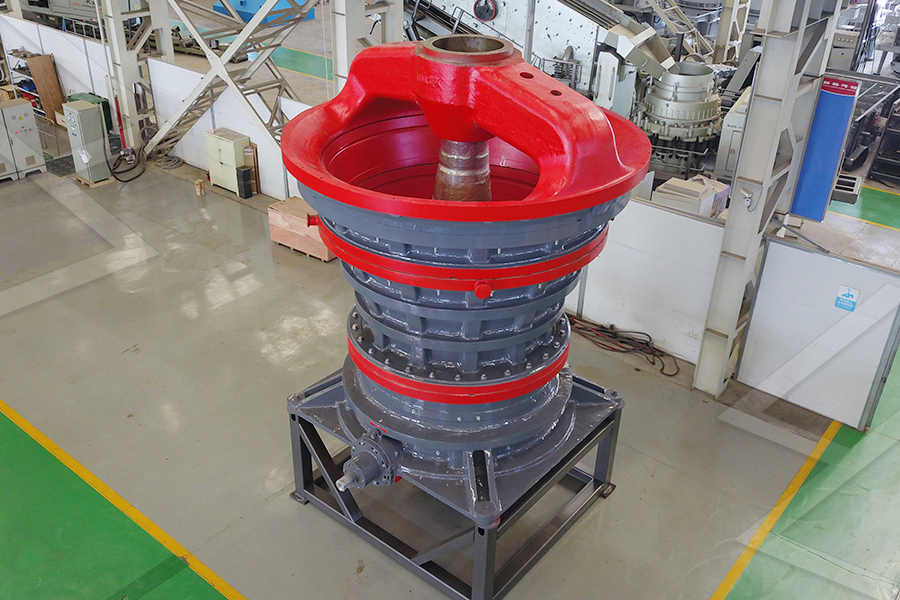Grinding System Design and Operation
The project uses a Raymond mill (model YGM-9517) with 4 grinding rollers and a power rating of 185 kW—ideal for talc due to its low energy consumption (25 kWh/ton) and ability to handle large capacities. The Raymond mill operates by grinding the 10-20mm talc between the rollers and a rotating grinding ring. The ground talc is carried by air (ambient air, no heating needed—talc’s low moisture after drying) to an air classifier.
The classifier’s impeller speed is set to 1200 rpm, separating 80-mesh particles (which are collected by a pulse bag filter) from coarser particles (which return to the mill). The pulse bag filter has 160 filter bags (polyester) and operates at a negative pressure of -4 kPa, capturing >99.9% of the talc powder. The collected powder is discharged into a screw conveyor, which feeds it into a 1,000-ton silo—connected to the plastic plant via a closed pneumatic conveyor (to avoid dust).
Quality Control and Plastic Performance
QC tests are conducted every 6 hours: (1) Particle size (sieve analysis) to confirm ≥95% pass 80 mesh; (2) Whiteness (spectrophotometer) to ensure 90-92% (critical for white plastics); (3) Moisture content (halogen meter) to <1%; (4) Iron content (XRF) to <0.1%. The plastic plant tests the talc-PP blend for mechanical properties: after adding 20% talc powder, the PP’s flexural modulus (rigidity) increases from 1,500 MPa to 2,800 MPa, and heat deflection temperature (HDT) increases from 100°C to 125°C—meeting automotive industry standards (e.g., ISO 178 for flexural properties).
Environmental and Economic Benefits
Environmental measures include: (1) Dust control: The pulse bag filter and pneumatic conveyor limit emissions to <10 mg/m³, complying with China’s GB 4915-2013 standard; (2) Waste heat reuse: The dryer’s exhaust heat (80°C) is used to preheat incoming raw talc, reducing coal consumption by 15%; (3) Waste reduction: Oversize talc particles (from the classifier) are recycled to the mill, and talc dust from the filter is reused—waste rate <1%.
